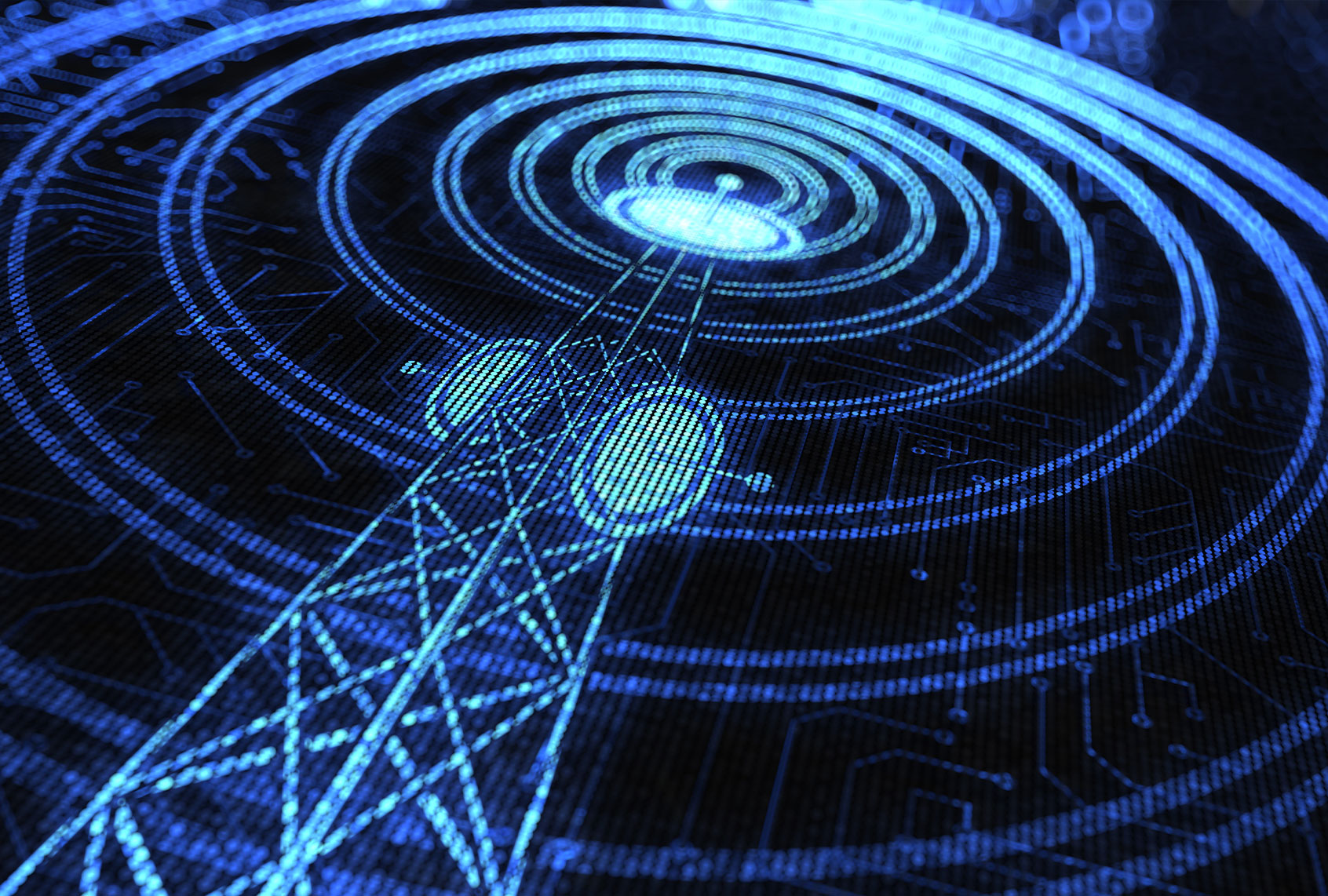Outer space is chirping, and no one quite knows why.
Known as fast radio bursts, or FRBs for short, these very brief yet incredibly powerful bursts of radio wave energy appear to be coming from all corners of the universe. And while astronomers can pick up such signals, they are, because of their brief duration, very difficult to study. Very few of them ever repeat; and since they only last a millisecond, telescopes can rarely focus on them in time to get a good look. Moreover, astronomers do not quite know exactly where they are coming from, or where the next one might land.
All of this uncertainty around fast radio bursts has only heightened their mystery.
But astronomers may have found some answers in a fast radio burst that, unusually, repeats — which has given them more opportunities to study the strange signals.
Dubbed FRB 121102, the first repeating FRB has revealed new insights about this mysterious phenomenon. According to a study published in Nature last week, an international group of scientists found 1,652 independent radio bursts from the same source over the course of 47 days between August 29 and October 29, 2019. The analysis is significant for being the largest set of FRBs ever recorded from a single source. At one point during observation, 122 radio bursts occurred in the span of one hour from the source.
“This was the first time that one FRB source was studied in such great detail,” said astrophysicist Bing Zhang, an astrophysicist at the University of Nevada–Las Vegas and one of the study’s corresponding authors. “The large burst set helped our team hone in like never before on the characteristic energy and energy distribution of FRBs, which sheds new light on the engine that powers these mysterious phenomena.”
Want more health and science stories in your inbox? Subscribe to Salon’s weekly newsletter The Vulgar Scientist.
Part of the mystery around FRBs is that they are relatively new to science. Scientists discovered the first FRBs in 2007, and have since turned to powerful radio telescopes to track down the bursts and search for clues on where they originate and how they are produced. One prominent theory on their origins is that they spawn from a type of incredibly dense neutron star called a magnetar, which have some of the strongest magnetic fields in the universe. Another theory posits that FRBs emerge from shock waves traveling at near light-speed outside a magnetosphere.
In a news release, Zhang said the latest observations “pose great challenges to the latter model.”
“The bursts are too frequent and — given that this episode alone amounts to 3.8% of the energy available from a magnetar — it adds up to too much energy for the second model to work,” Zhang said.
Pei Wang, one of the article’s lead authors from the National Astronomical Observatories of the Chinese Academy of Sciences (NAOC), agreed.
“During its most active phase, FRB 121102 included 122 bursts measured within a one-hour period, the highest repeat rate ever observed for any FRB,” Wang said.
Indeed, in a separate study published in Nature in June 2020 suggested that some fast radio bursts could be coming from a magnetar in our galaxy nearly 10,000 parsecs away.
“Because magnetars are spinning quickly and have powerful magnetic fields, they have huge reservoirs of energy that can produce outbursts,” Alexandra Witze wrote in Nature. “One idea about the source of these outbursts is that something happening inside the magnetar — such as a ‘starquake,’ analogous to an earthquake — could crack its surface and release energy.”
While their precise causes remain a mystery, astrophysicists have mostly ruled out the possibility that these mysterious radio waves are coming from an alien civilization, as Salon has previously reported.
“It is unlikely that all FRBs are from alien civilizations due to the power requirements at cosmological distances, but possible,” Avi Loeb, the former chair of Harvard’s astronomy department previously told Salon.


